
Listening to Loss in “The Cry of Rachel”
A century ago, Mary Turner Salter’s cathartic song about the death of a child was sung by female singers nationwide. It spoke to women’s experiences.
There is no historical or geographical limit on what can be covered. There is no restriction on the style or genre of song or singing.
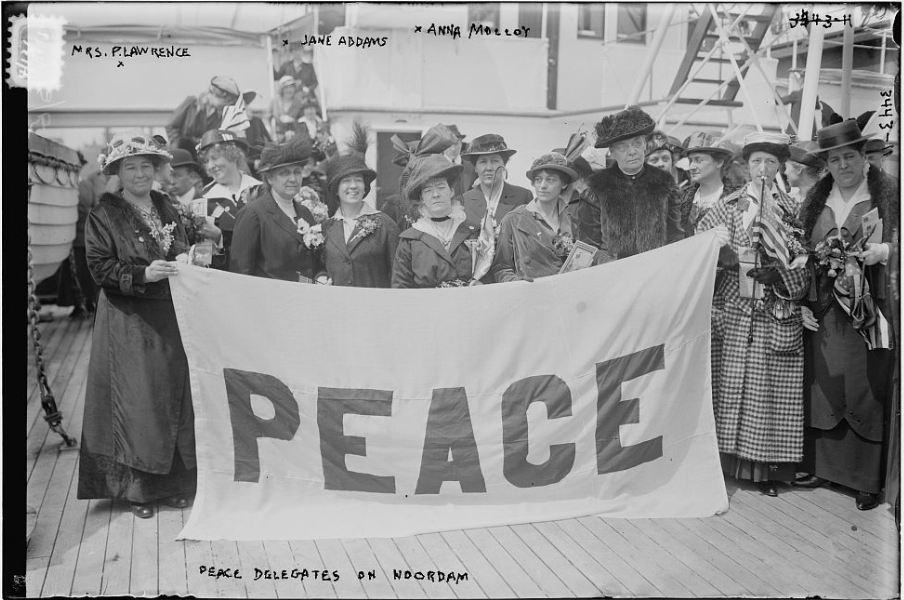
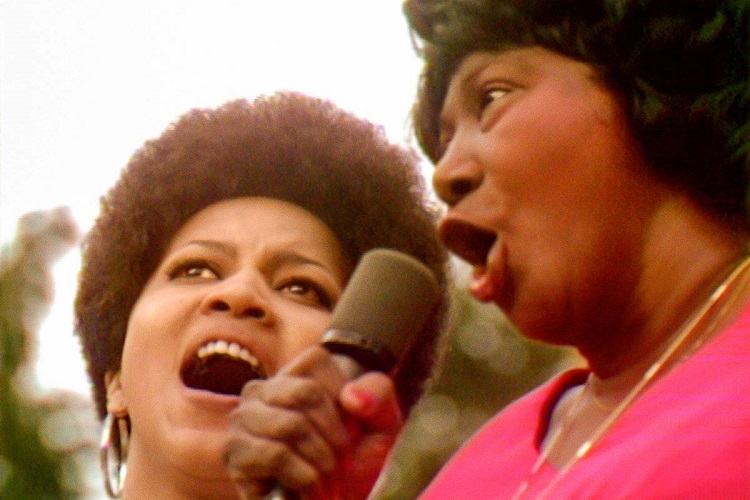

A century ago, Mary Turner Salter’s cathartic song about the death of a child was sung by female singers nationwide. It spoke to women’s experiences.
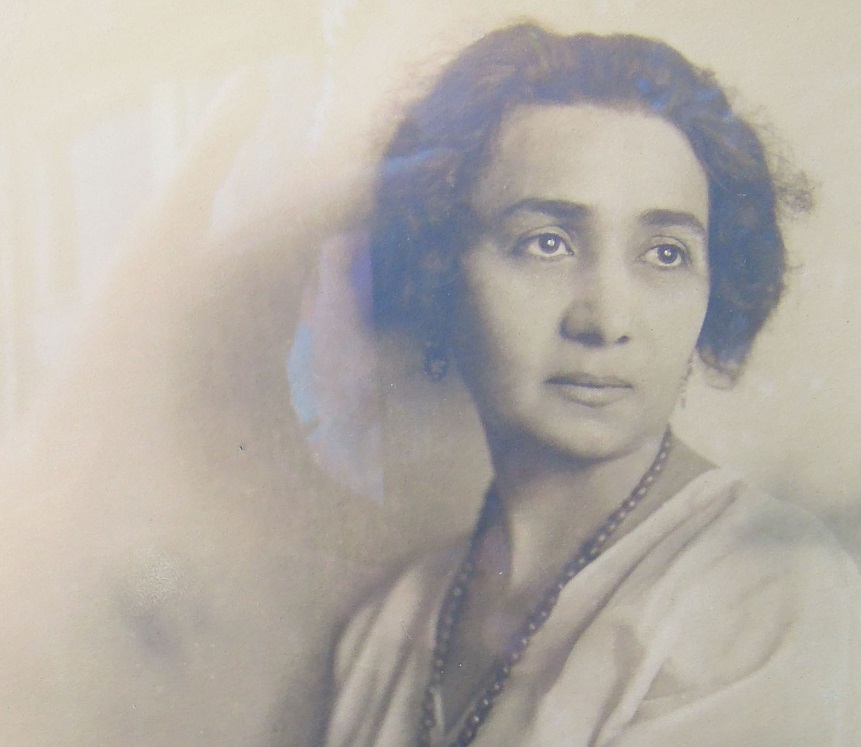
As expressions of motherly love and the pain of mothers who lose their children crossing ethnic, national and religious boundaries, these songs remain universal.
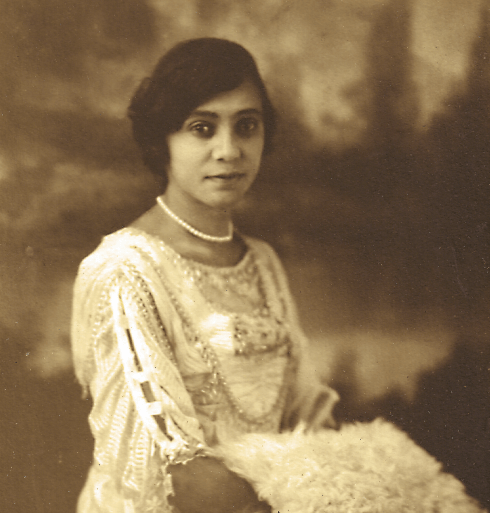
This audio blog post discusses Julia Johnson Davis’s poem “To My Little Son” and Florence Price’s deeply personal musical setting of it.
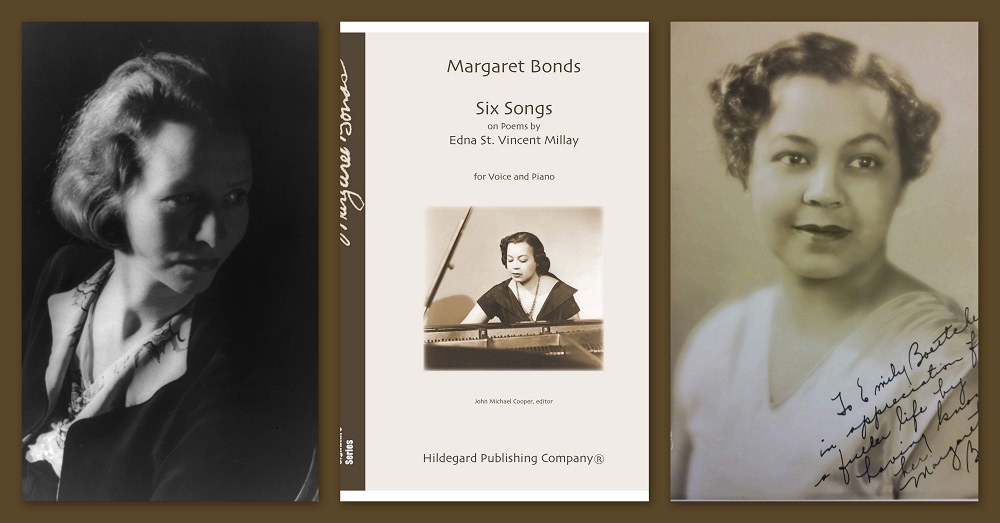
John Michael Cooper celebrates the publication of Margaret Bonds’s settings of poems by Edna St. Vincent Millay
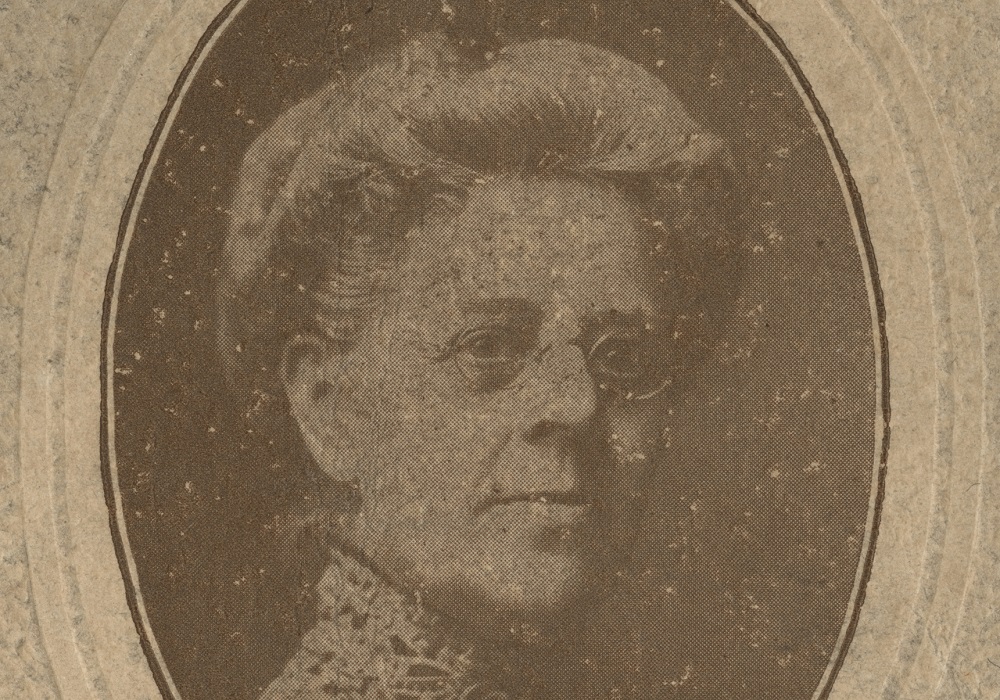
Although Emma Louise Ashford (1850-1930) is little known today, her music has been performed ever since it was published, in the U.S. and around the globe.
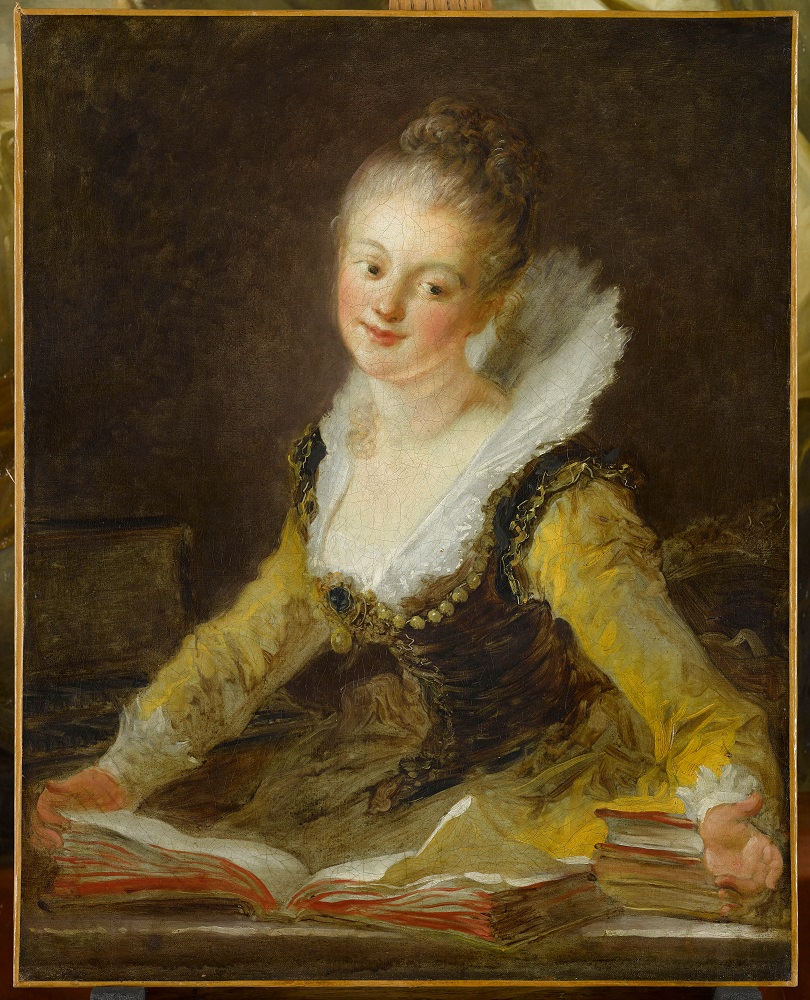
Rebecca Cypess connects the songs of Madame Brillon (1744–1824) to the ethereal timbre of her favorite instrument—her English square piano.
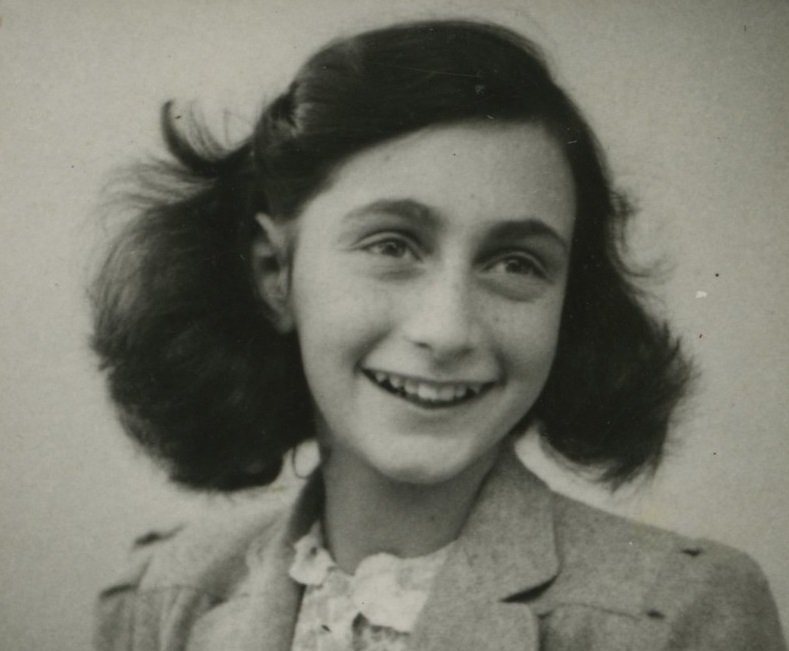
In the short space of seven songs, Hall transforms the private nature of Anne Frank’s diary into a searing disclosure.

Darryl Taylor remembers his first teacher as someone who made sure he knew that singing was more than sounding good.

Kay Kaufman Shelemay praises Ethio-American vocalist, singer-songwriter, and composer, Meklit for philosophical and artistic explorations that are literally cosmic in their purview.
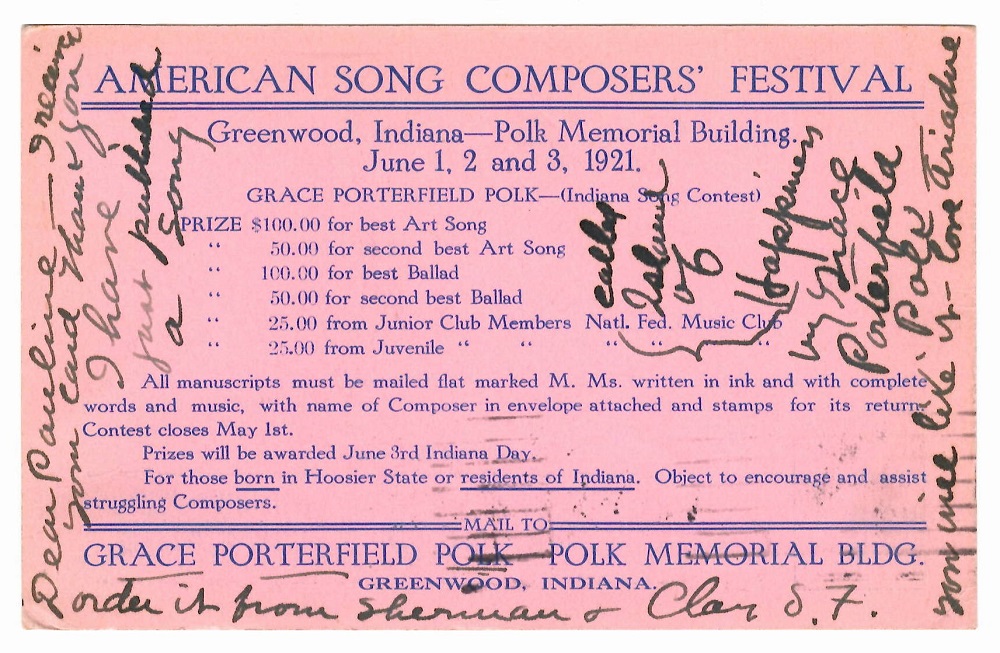
In founding the American Song Composers’ Festival, Grace Porterfield Polk intended, single-handedly, to spur the development of American song.